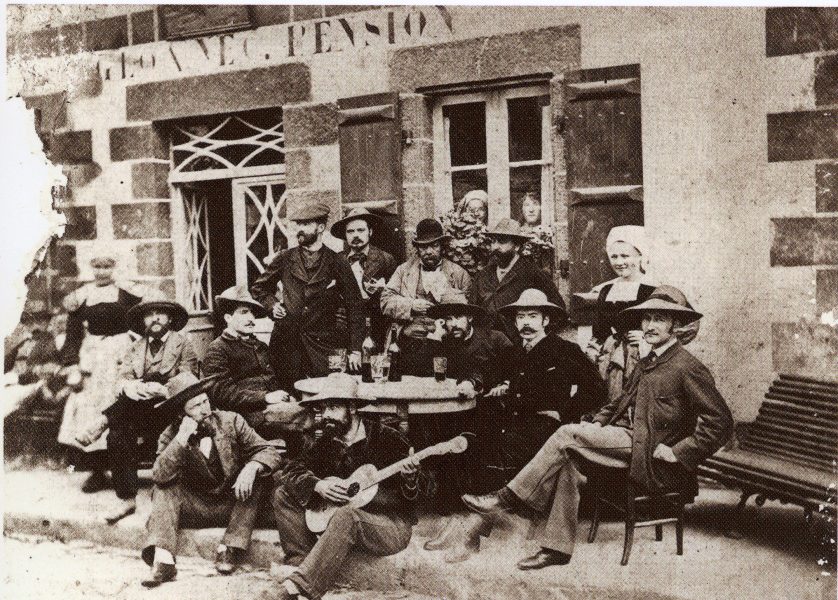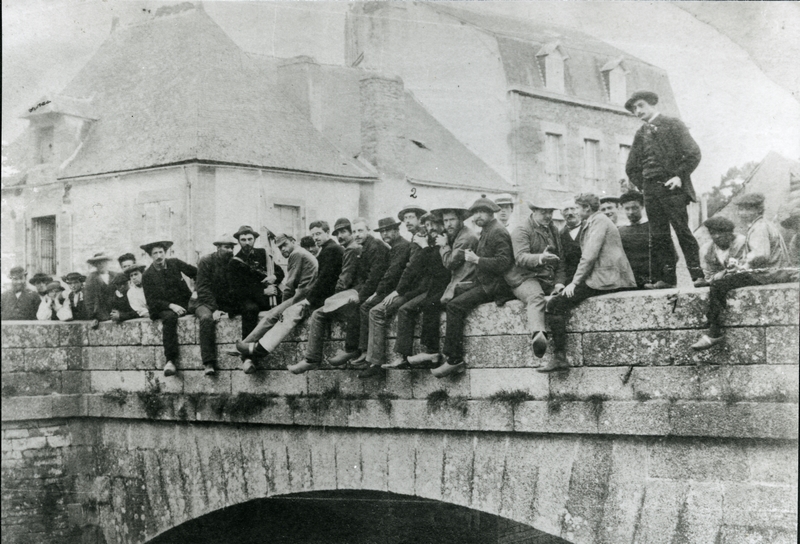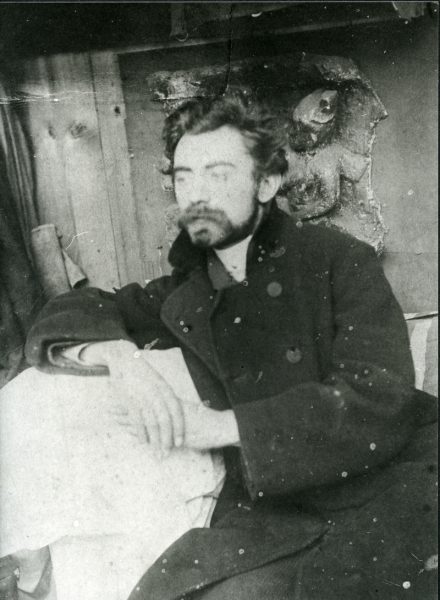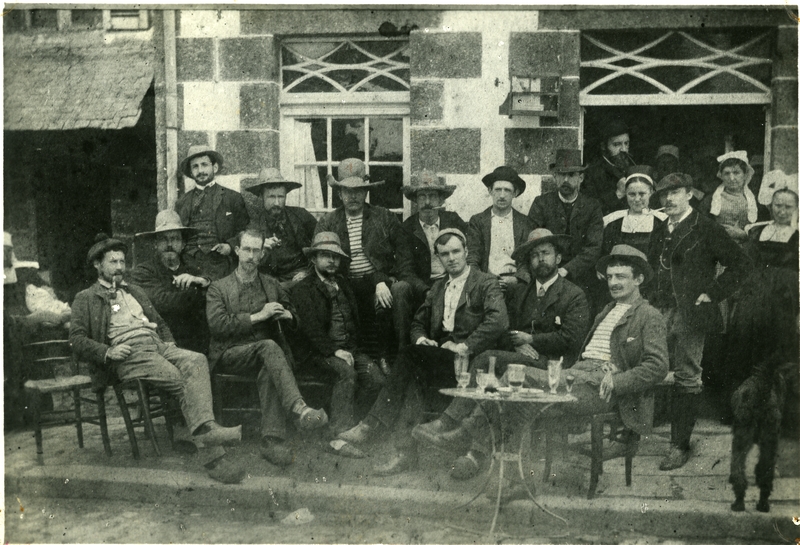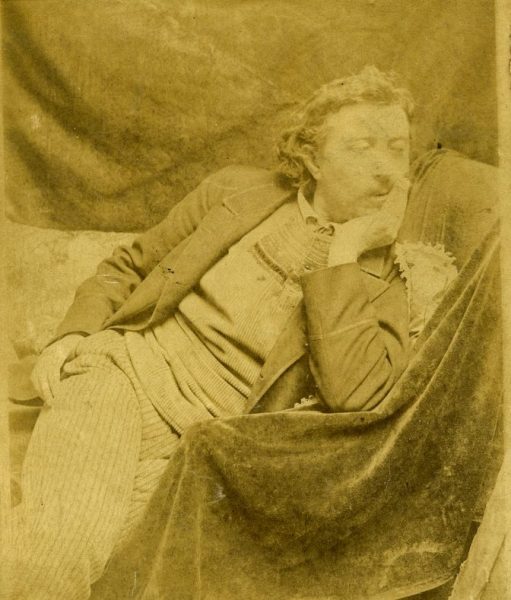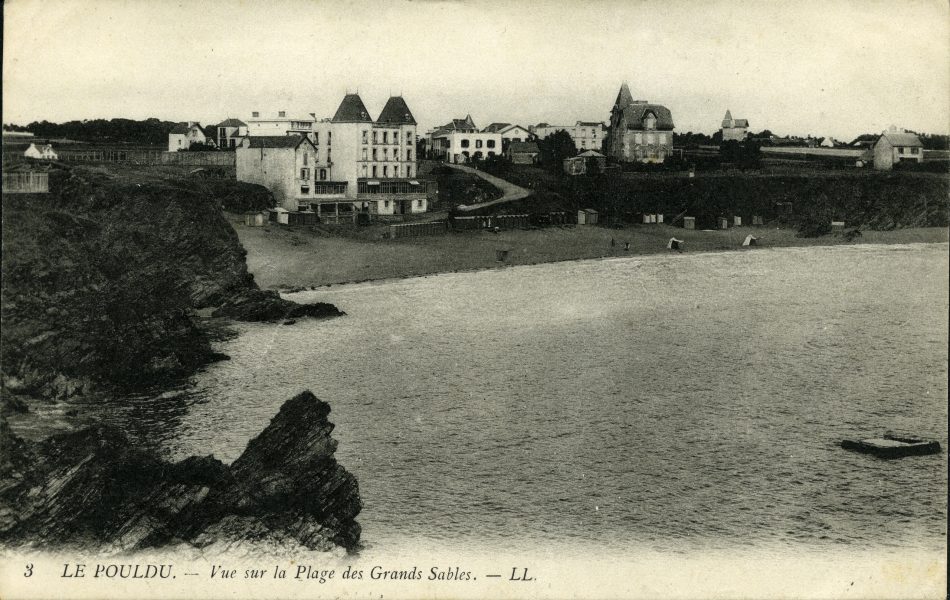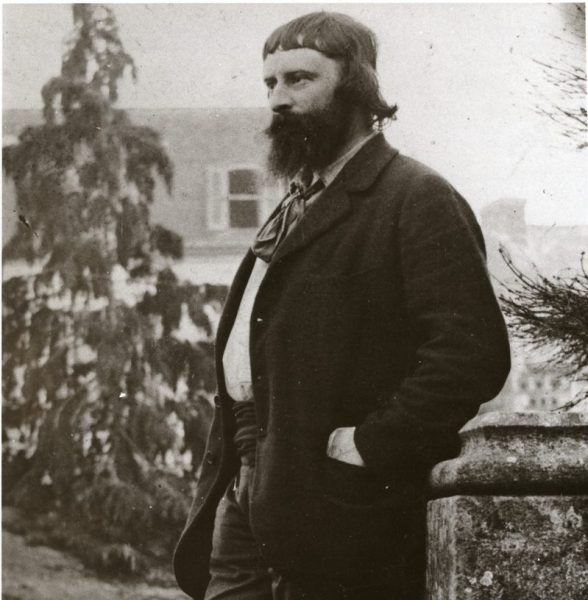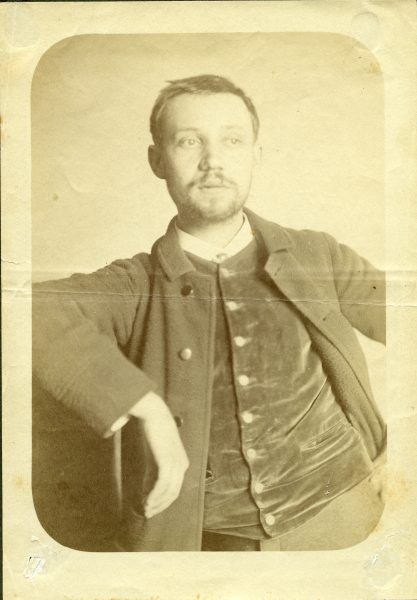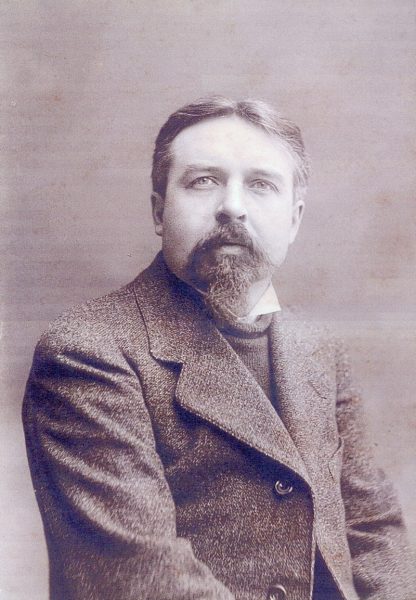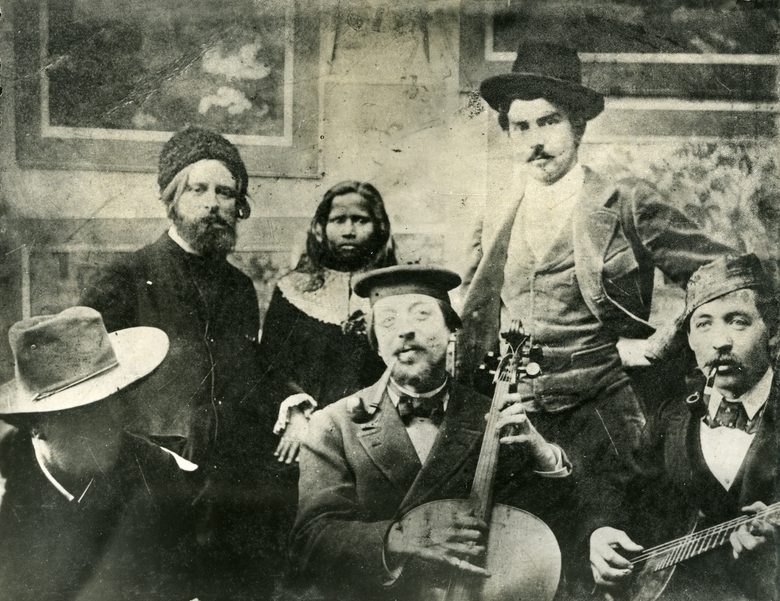
Visiting
The museum is committed to accompanying you in your discovery and offering you the best possible visitor experience! The most important thing for us is that you feel at home in the museum, that you can learn, share, discover, exchange, feel emotions, understand… and all at your own pace !
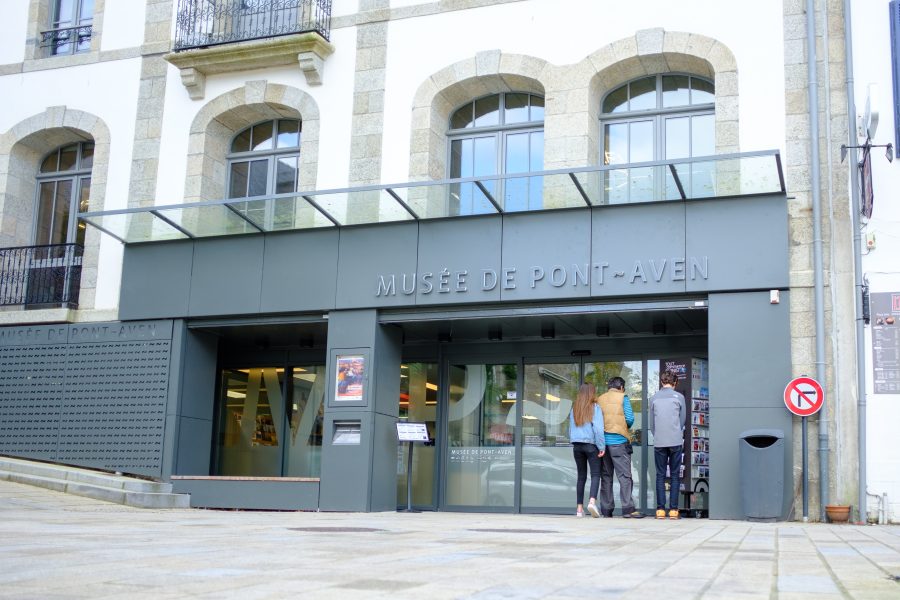
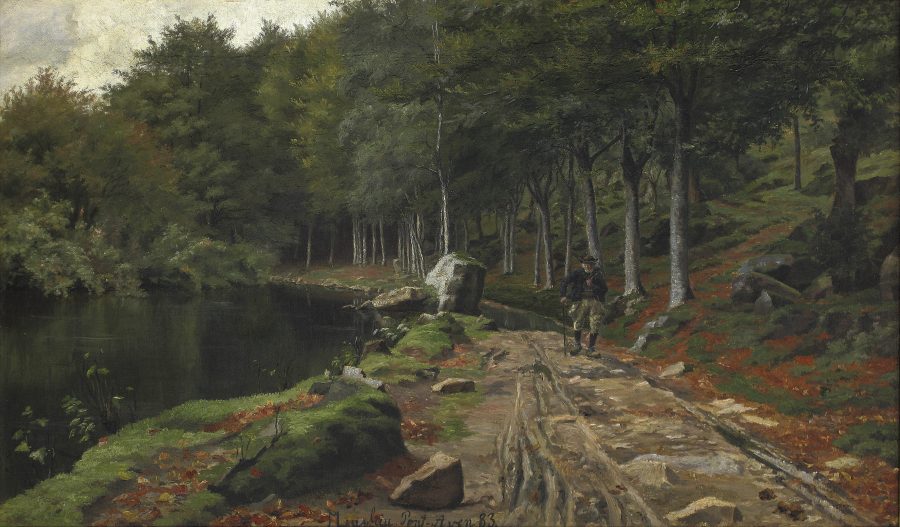
Pont-Aven, Land of Inspiration
The arrival of the railway had familiarised the local people, with their deeply rooted traditions, with urban customs and with the French language. For artists, the quality of the light in coastal Brittany provided a limitless source of inspiration, and the town of Pont-Aven possessed a unique atmosphere with picturesque sites such as the Bois d’Amour, Trémalo Chapel, the harbour, and the mills. The name Pont-Aven evokes not only Brittany, but painting itself. The town became synonymous with the movement created by Paul Gauguin and Émile Bernard: the Pont-Aven School.
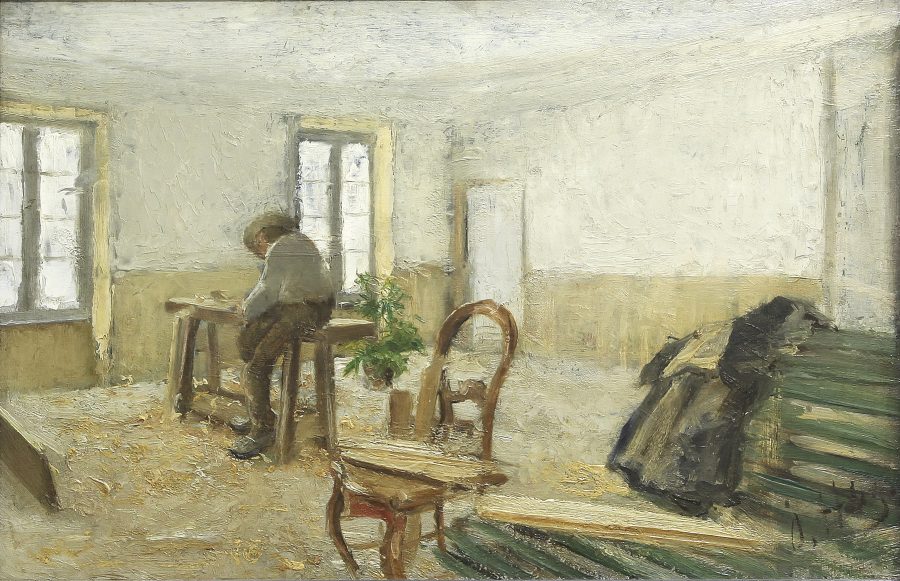
Artists’ Inns and Guesthouses
From 1850 onwards, Pont-Aven began to attract travelling artists. Following the trail blazed by American artists, painters flowed into the area, seeking unspoilt nature and a rural culture. The warm welcome they received was a determining factor in the establishment of the artists colony, as rooms, studios and models were easily found. One of the best-known hostesses was Julia Guillou, owner of the Hôtel des Voyageurs and later the establishment which carried her name. The Pension Gloanec was another favourite gathering place. This environment encouraged creativity, as can be seen by the artists’decoration of their lodgings.

Paul Gauguin Room
Paul Gauguin (1848– 1903) joined the French Navy in 1865, but ended his career as a seaman in 1871, when he briefly entered the world of finance. He was introduced to painting by Camille Pissarro in 1883, and from 1886 to 1894 made many visits to Pont-Aven and Le Pouldu. At the 1889 Exposition Universelle, Gauguin exhibited a series of zincographs on yellow paper at Volpini’s Café des Arts in Paris. This series became known as the Volpini Suite. Together with Émile Bernard (1868–1941), Gauguin developed a new aesthetic based on the use of blocks of pure colour outlined with a darker colour, reminiscent of the art of stained glass. In 1895, he left mainland France for Tahiti and then continued on to the Marquesas Islands.
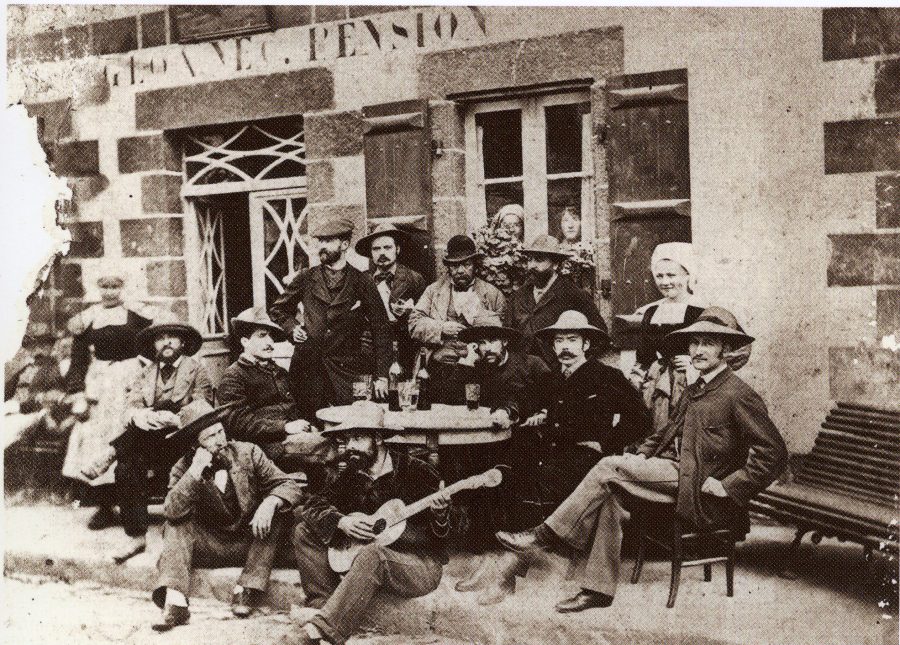
Founders of the Pont-Aven School
The Pont-Aven School was the name given retrospectively to a group of very different artists who came to paint regularly in Pont-Aven from 1888. An artists’ colony gravitated around Paul Gauguin, with members including Charles Filiger, Meijer de Haan, Claude-Émile Schuffenecker, Armand Seguin and Władysław Ślewiński. The group dynamic was not that of a master surrounded by his students, but rather of a group of artists
sharing personal and innovative ideas and aesthetics that lay on the fringes of the academic art world. The artists painted together and their works were nurtured by their theoretical exchanges about art. According to Gauguin, the painter thus acquired “the right to dare all”.
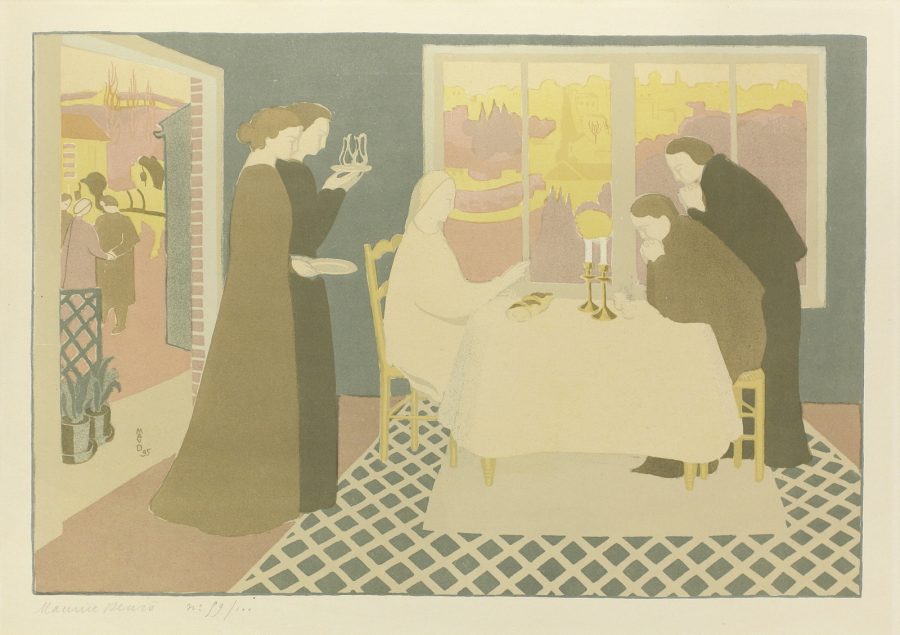
The Spiritual Quest
At the end of the 19th century, a wave of mysticism swept the world, giving rise to spiritual creativity in the arts. Brittany, with its wealth of calvaries, churches and chapels, became a land of boundless inspiration. Paul Gauguin was fascinated by spirituality and pursued this interest in
Brittany and later in Oceania. He had no qualms about representing himself as a Christ figure in several of his works. Maurice Denis anchored his vision of the sacred in the reality of daily life. Paul Sérusier approached the spiritual quest by constantly striving towards the Golden Ratio in his work.
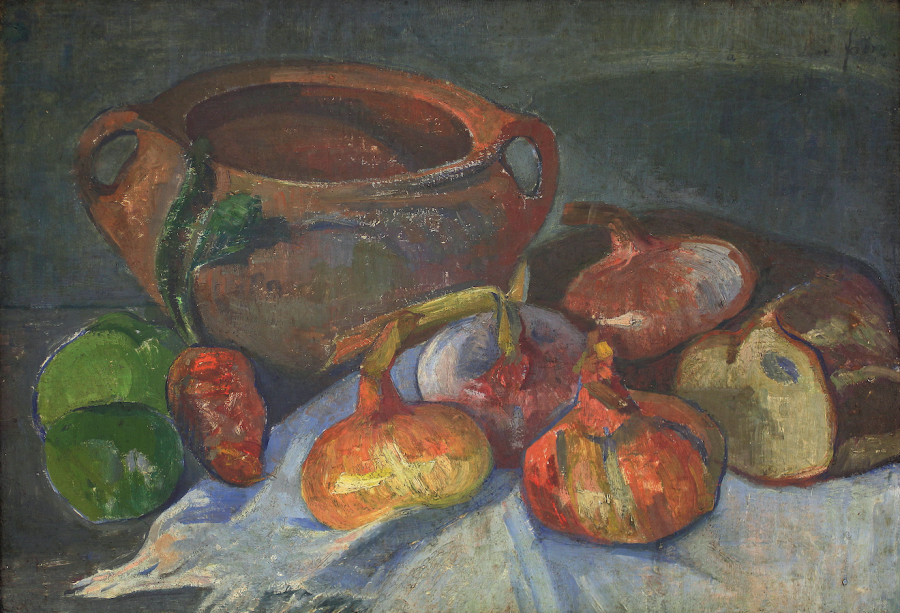
The Pont-Aven School
The Pont-Aven School was an art movement active between 1888 and 1894 that included painters such as Gauguin, Bernard, Sérusier and Filiger, whose work would profoundly influence Symbolism and Art Nouveau. Their aesthetic was based on a rejection of realism and the creation of work reflecting the artist’s memory of a subject. The resulting work recorded the painter’s subjective vision and his/her emotions at the time of painting. Their technique was characterised by flat areas of pure colour, the absence of perspective, darkly-outlined forms and a geometric composition that eschewed detail and superfluous elements.
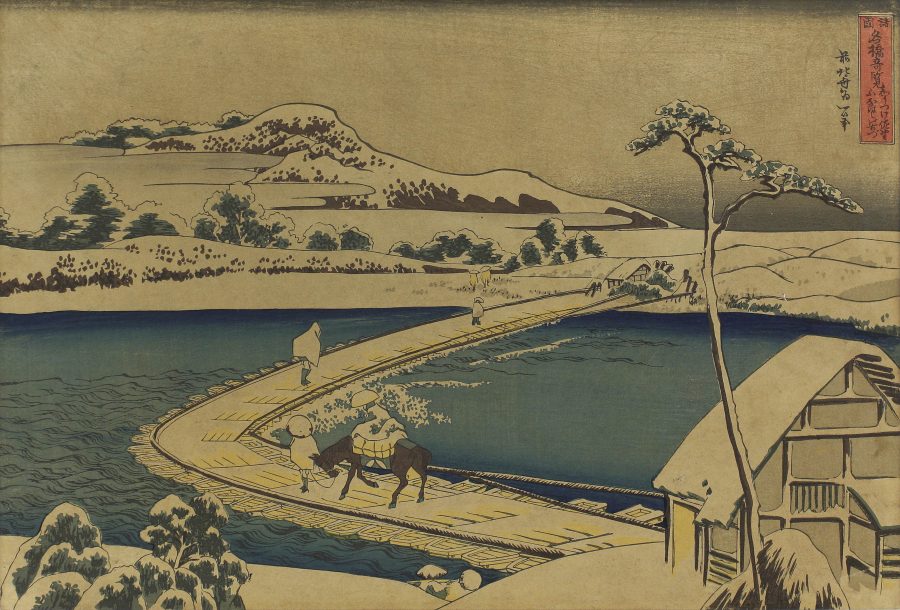
Japonism
Japanese art was introduced to the West at the 1867 Exposition Universelle in Paris. Siegfried Bing (1838–1905), a dealer, collector, critic and patron, contributed greatly to its popularisation among enthusiasts and artists such as Gauguin and Bernard. These artists admired the spontaneity of the images as well as their bright hues, flat patches of colour and asymmetrical composition. In 1872, art critic Philippe Burty coined the term Japonism to describe the predilection for Japanese art and its influence.
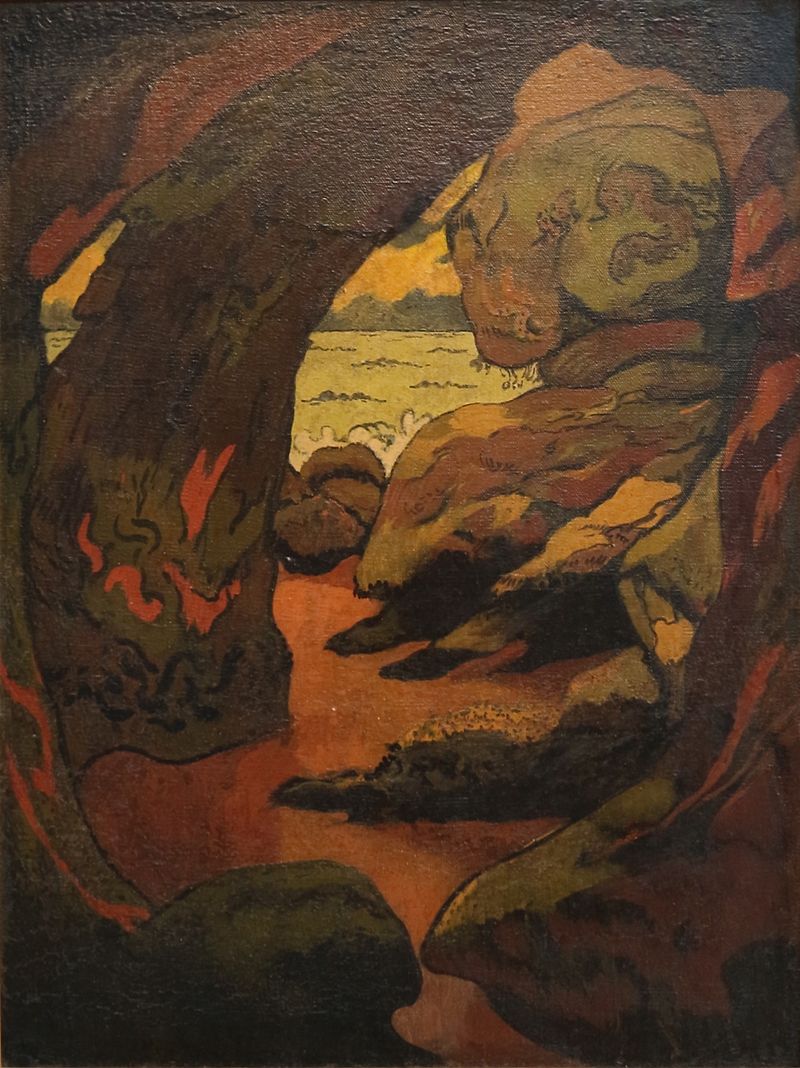
The Nabis
Following the summer of 1888, several artists from Académie Julian came together in Paris to form a group called the Nabis (prophets in Hebrew). Sérusier, Bonnard, Denis, Ranson and Ibels were soon joined by Vuillard, Roussel, Verkade, Vallotton and Lacombe. In Sérusier’s The Talisman, painted under Gauguin’s guidance in the Bois d’Amour in Pont-Aven, the Nabi artists found the essence of the aesthetic they wished to develop. Two distinct approaches emerged within the group: the sacred, led by Denis, endorsed a revival of religious art and drew inspiration from Gauguin’s simplification of forms; and the profane, which focused on the themes of modern life and experimented with the juxtaposition of decorative motifs and unusual framing.
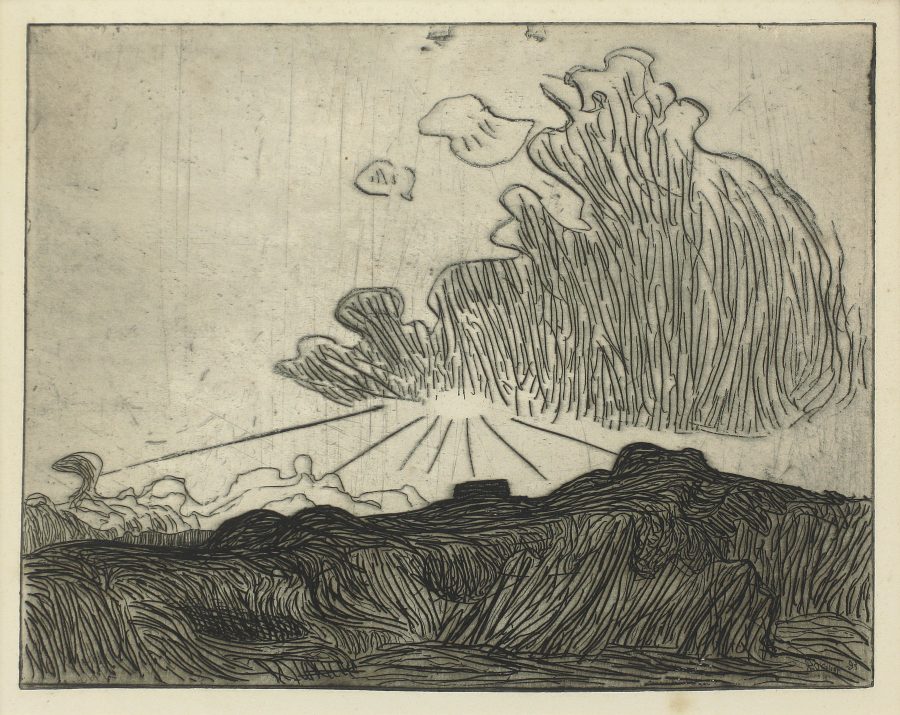
The Art of Printmaking
From the 1860s on, Japanese prints began to influence Western artists, particularly the Nabis and the painters of the Pont-Aven School, who were, for the most part, also skilled engravers. They discovered visual innovations such as the juxtaposition of areas of single colour and the effects of off-centre subjects. Engraving and lithography made it possible to produce multiple copies of an image. Examples of the many different printmaking techniques that flourished from the late 19th to the mid-20th century can be seen in the museum’s permanent collection.

Pont-Aven After Gauguin
After Gauguin’s departure, some members of the Pont-Aven School left France, such as Henri Delavallée, who moved to Turkey.
Others, like Charles Filiger and Paul Sérusier, remained in Brittany. The principal innovations of the Pont-Aven School would later recur in the work of Jean Deyrolle. Deyrolle painted his first canvases in 1931 at a time when he was influenced by the art and writings of Paul Sérusier, which he discovered in Brittany. After his initial investigations, he moved towards abstraction in 1944 and contributed to the revival of abstract art.

